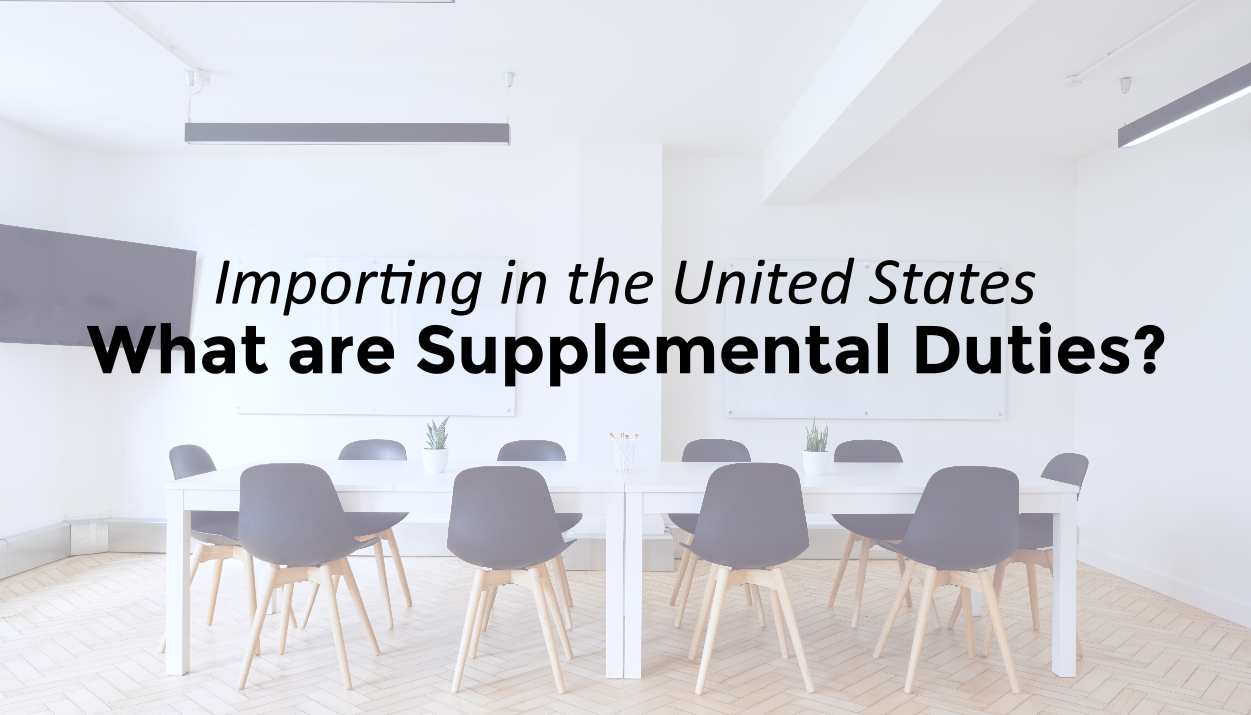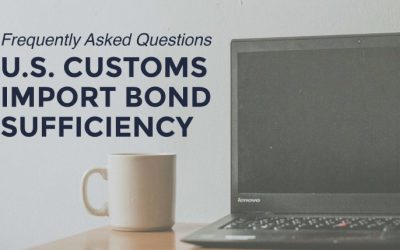Receiving a supplemental duty bill from Customs and Border Protection can be confusing for businesses new to importing. Trade Risk Guaranty has prepared the following to explain what this means and how to handle it effectively.
When a supplemental duty bill is issued by CBP, an importer must take action quickly in order remain compliant with Customs and to ensure they do not accrue further fines or penalties. However, if it is your first time receiving a supplemental duty bill, this may be a confusing notification to receive.
What is a Supplemental Duty Bill?
When an importer enters goods into the United States, they must file a summary document with Customs for each entry. This document is known as an Entry Summary and it is a key document that is used to determine information about the imported commodity, including its classification, valuation, quantity, etc.
The data contained in the entry summary determines the estimated duty rate for that commodity at the time of entry. A little less than a year after this date, the final duty amount for the entry will be determined during the process of liquidation. At this point in the process, if Customs determines that a higher duty rate should have been paid for the goods at the time of entry than a supplemental duty bill is issued by the Revenue Department.
How Much Can Supplemental Duty Bills Cost an Importer?
The amount an importer owes in supplemental duties depends on the amount the importer deposited at the time of entry and the final amount owed that was determined at the time of liquidation. The supplemental duty bill will be for the difference between those two amounts plus interest that has accrued from the date of entry to the date of liquidation. So this can greatly vary from importer to importer.
However, regardless of the amount, interest will also be owed to Customs. This interest is charged at an annual rate every 30 days the supplemental duty bill goes unpaid. This can quickly add up against an importer making it incredibly important to handle these claims as soon as they arise.
How to Handle a Supplemental Duty Bill
The process for handling a claim of this type can become very complicated since there are many dates associated with making payment and filing a protest. Ultimately, the best course of action is to pay the claim immediately upon receiving it. With supplemental duties, you are still able to file a protest after the claim has been paid. Therefore, paying the claim protects an importer from having interest accrue against them and it completely removes the Surety from the process.
When an importer pays their supplemental duty bill immediately, the Surety that financially backs the Customs bond knows that the importer has fulfilled their obligation to CBP so that a formal demand on the Surety will not be issued. Now the importer is able to file a protest with Customs without also having to worry about the deadlines for the Surety.
When a protest is filed, it can take a long time for the outcome of the protest to be determined. If the original supplemental duty amount has not been paid during this determination period, interest will continue to accrue on top of that amount. However, if the original amount has been paid, this interest will accrue in the importer’s favor. So that if the protest is decided in favor of the importer, they will receive their original payment back plus the interest that accrued.
Taking all this into consideration, it becomes pretty easy to see why paying the claim immediately is the ultimately the best course of action.
For a more robust look into the claims process, check out our webinar on how to handle a claim on your Customs bond.






![[Webinar] How Could Changes to De Minimis Impact Your Company?](https://traderiskguaranty.com/trgpeak/wp-content/uploads/2025/05/trg-how-de-minimis-impacts-customs-bond-webinar-400x250.png)
